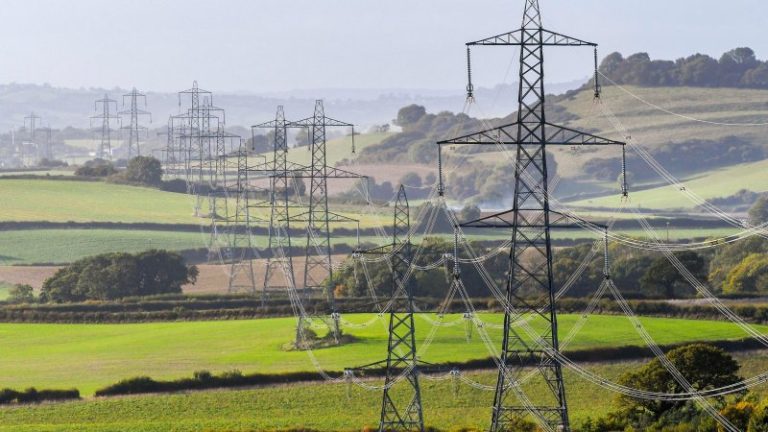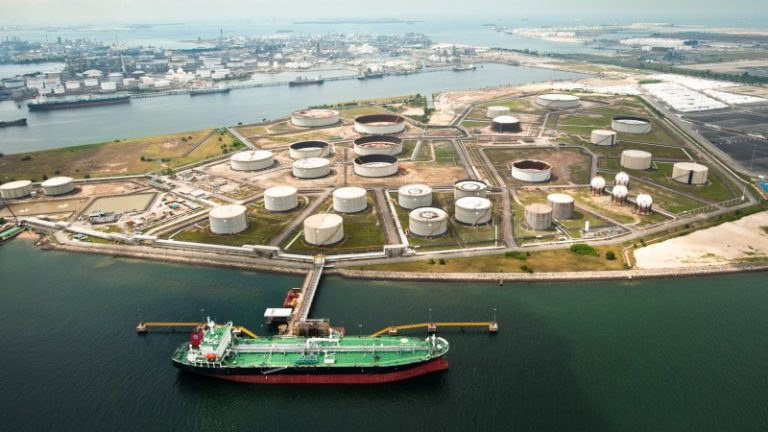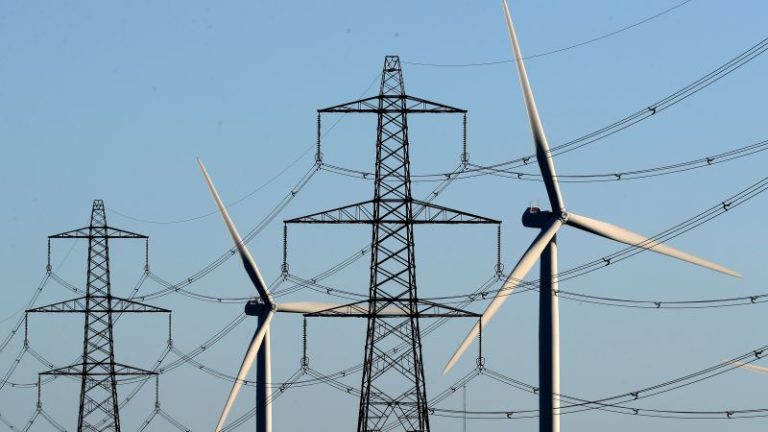Price framework paves way for vast electricity storage scheme
Ministers have provisionally agreed to a power pricing framework that could pave the way for more pumped storage hydroelectricity projects in Britain, including a gigantic £1.5 billion scheme from SSE that is starting to take shape in the Scottish Highlands.
The Department for Energy Security and Net Zero said it intended to develop a “cap and floor” pricing mechanism that would advance the Coire Glas storage project being developed by SSE, the energy company, and could unlock further pumped storage power stations.
Failure to commit to cap-and-floor pricing was becoming a perceived stumbling block to Coire Glas, where SSE has committed an initial £100 million of investment but needed the green light on pricing from the government to take the project further.
If completed, Coire Glas in effect will be the biggest battery in Britain, storing energy when it is cheap and plentiful and offering it back to the grid when it is most needed. It will have the capacity to power three million homes for 24 hours.
Announcing a consultation on long-duration electricity storage, the energy department said it was now “our intention to develop a cap-and-floor scheme” with a view to overcoming barriers to new investment in pumped storage.
In the scheme, operators would be guaranteed a minimum level of revenue, while consumers would be protected by a price ceiling, above which surplus revenue would be returned to them.
Finlay McCutcheon, 46, director of onshore Europe at SSE, said the pricing framework was welcome news. He said that a deal for Coire Glas was needed by the end of this year to secure a firm investment decision by early 2026. Planning for the project started in 2007.
“Given the time taken to reach this point, much work is now needed to ensure an effective mechanism is finalised and put in place as early as possible to enable Coire Glas to take final investment decisions and move into construction,” he said.
The intention at Coire Glas is to build a dam high in the hills to create an artificial lake from which water plunges down a tube in the rock to drive turbines 500m below before it flows into Loch Lochy. The turbines are reversed in off-peak hours to replenish the upper lake.
So far, an exploratory tunnel has been drilled 800m into the mountainside above the loch near Fort William. Construction is expected to take up to seven years, with the plant in operation by 2032. The closing date for the consultation is March 5.
Shares in SSE closed down by 1.1 per cent, or 20½p, at £18.63.






